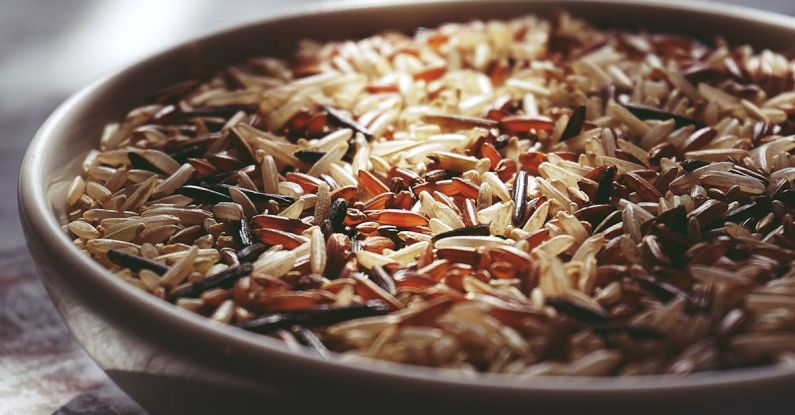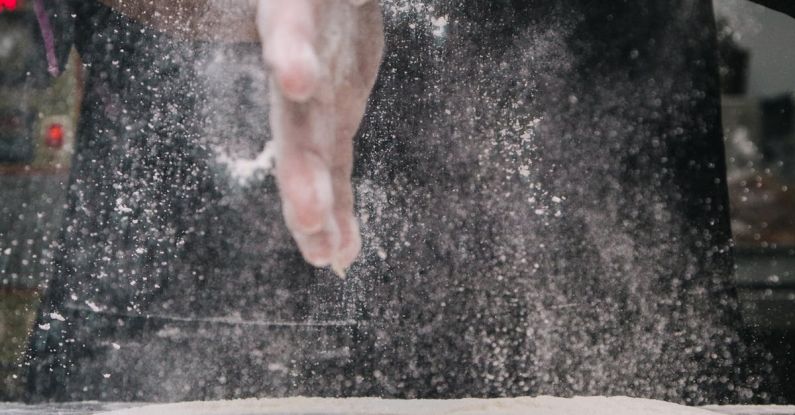
Tenderizing meat is a crucial step in achieving a flavorful and enjoyable dining experience. Whether you’re cooking a steak, roast, or stew, the tenderness of the meat can make or break the dish. Fortunately, there are several effective methods for tenderizing meat that can help you elevate your culinary creations to the next level.
Choosing the Right Cuts of Meat
The first step in ensuring tender meat is to choose the right cut. While some cuts are naturally tender, others are tougher and require extra attention. Tender cuts like tenderloin, ribeye, and sirloin are generally more expensive but will require less tenderizing. Tougher cuts like chuck, brisket, and round steak benefit from tenderizing methods to break down the connective tissues and fibers. Consider the type of dish you’re preparing and select the appropriate cut of meat accordingly.
Marinating for Flavor and Tenderness
Marinating is a popular method for tenderizing meat while also infusing it with flavor. A marinade typically consists of an acidic component such as vinegar, citrus juice, or yogurt, along with herbs, spices, and oils. The acidic ingredients help break down the muscle fibers in the meat, resulting in a more tender texture. To effectively tenderize meat through marination, allow the meat to soak in the marinade for at least a few hours, or ideally overnight in the refrigerator. Be sure to discard the marinade after use as it will have come into contact with raw meat.
Pounding and Mechanical Tenderizing
Pounding meat with a meat mallet or tenderizer is a physical method of tenderizing tough cuts. This technique helps break down the muscle fibers and connective tissues, resulting in a more tender texture. To pound meat, place it between two sheets of plastic wrap or parchment paper to prevent cross-contamination and then gently pound it to an even thickness. Mechanical tenderizing tools like meat tenderizers with sharp spikes or blades can also be used to achieve similar results. However, it’s important to handle these tools with care to avoid injury.
Brining for Moisture and Tenderness
Brining is a technique that involves soaking meat in a saltwater solution before cooking. The salt in the brine helps break down the proteins in the meat, allowing it to retain more moisture during the cooking process. This leads to a juicier and more tender end result. To brine meat, submerge it in a mixture of water, salt, sugar, and aromatics for a few hours or overnight in the refrigerator. Rinse the meat thoroughly before cooking to remove excess salt.
Slow Cooking and Braising
Slow cooking methods like braising and stewing are excellent ways to tenderize tough cuts of meat. By cooking meat slowly over low heat in liquid, the collagen in the connective tissues breaks down, resulting in a melt-in-your-mouth texture. Braising involves searing the meat first, then adding liquid and simmering it until tender. Stewing entails cutting the meat into smaller pieces and cooking it in a flavorful sauce or broth for an extended period. Both methods yield tender, succulent meat that is perfect for dishes like pot roast, stews, and curries.
Resting and Slicing for Optimal Texture
After cooking, it’s essential to allow the meat to rest before slicing and serving. Resting allows the juices to redistribute within the meat, resulting in a more flavorful and tender end product. For best results, tent the meat with foil and let it rest for about 10-15 minutes before slicing against the grain to maximize tenderness. Slicing meat against the grain cuts through the muscle fibers, making it easier to chew and enhancing the overall texture.
Incorporating these methods into your cooking repertoire can help you achieve perfectly tender and delicious meat dishes every time. Experiment with different techniques to find what works best for the cut of meat you’re using and the dish you’re preparing. By taking the time to tenderize your meat properly, you’ll elevate your culinary creations and impress your family and friends with your cooking skills.






